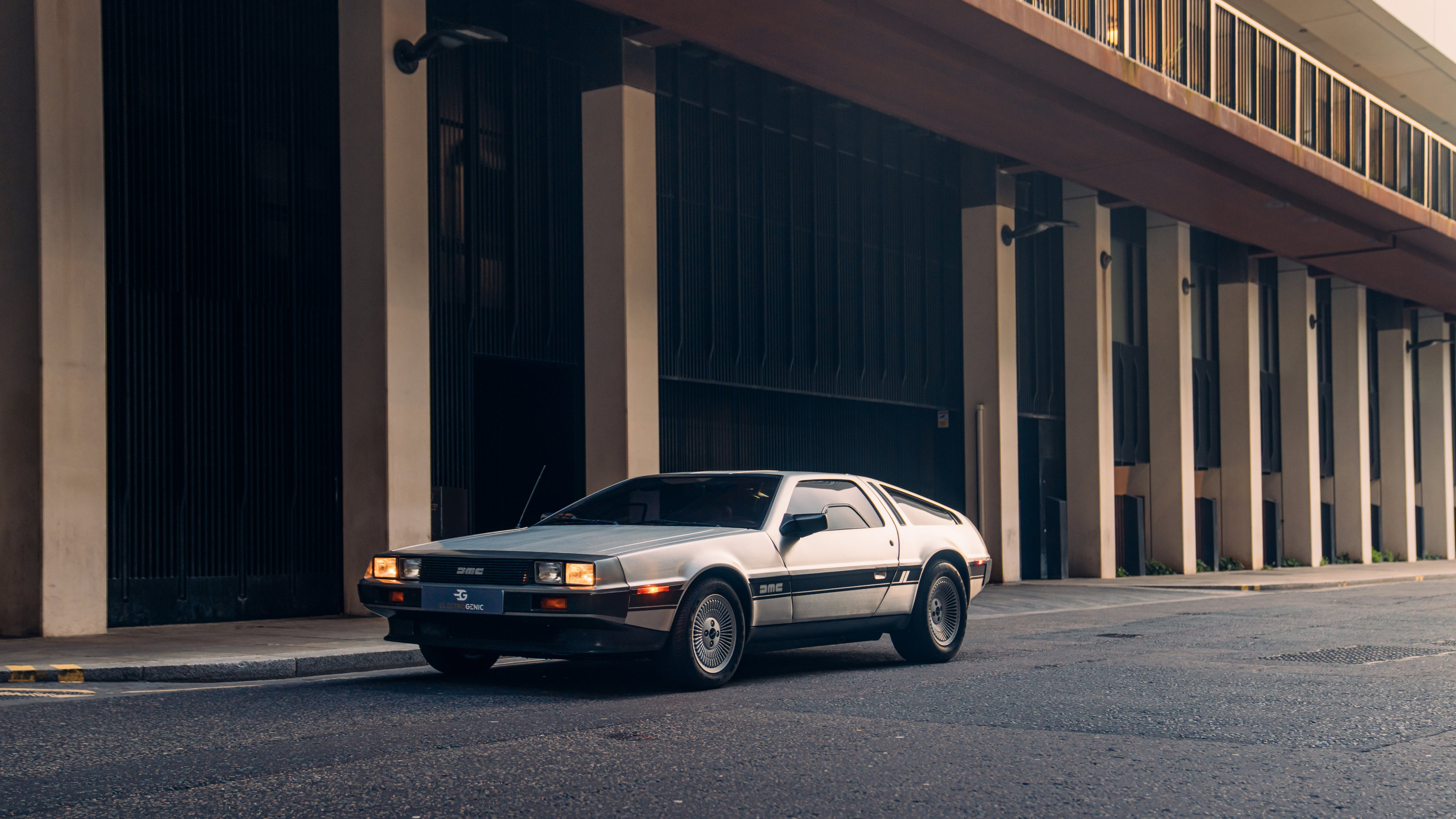Tour the Bugatti factory, Molsheim

In the September issue of Wallpaper* (W*126) we befriend Bugatti's latest baby, the Bugatti Veyron 16.4 Grand Sport. Here Jonathan Bell, visits the factory where this hand-built, breathtaking car was born.
The sparse, laboratory-like spaces of Bugatti's Molsheim factory are a fitting environment for the manufacture of the world's most advanced sports car. The Bugatti Veyron and Veyron Grand Sport 16.4 roll slowly off these production lines and into the air-conditioned underground garages of the world's most discerning - and deep-pocketed - motoring enthusiasts.

Take a tour of the Bugatti factory - where the world's most advanced sports cars are pieced together
An integral part of Volkswagen's revival of the Bugatti name was the return to the marque's historic home in Molsheim, just outside Strasbourg. Here stands the Château St. Jean, built in 1857, and subsequently used by Ettore Bugatti as a grand customer service centre. The original factory was destroyed during the war, so the decision was made to create new production facilities in the château's grounds. To undertake the work, VW enlisted the help of Gunther Henn, whose Munich-based practice, Henn Architekten, has forged a close link with the VW Group over the past decade. Henn has designed some of the more adventurous examples of motoring architecture, including VW's Transparent Factory in Dresden and a fair chunk of Autostadt, the Wolfsburg-based auto theme park that unites the VW's brand portfolio with a series of architectural pavilions set in landscaped grounds.
As well as stripping out and totally restoring the château, the adjoining stable buildings were dismantled, moved and reconstructed, using as many original materials as possible, but with modern detailing and
facilities to serve as the customer reception and meeting spaces. They also house a library and workshop for the restoration of classic Bugattis, a small-scale set-up with a domestic feel that contrast with the industrial character of the main production pavilions.
Receive our daily digest of inspiration, escapism and design stories from around the world direct to your inbox.
Jonathan Bell has written for Wallpaper* magazine since 1999, covering everything from architecture and transport design to books, tech and graphic design. He is now the magazine’s Transport and Technology Editor. Jonathan has written and edited 15 books, including Concept Car Design, 21st Century House, and The New Modern House. He is also the host of Wallpaper’s first podcast.
-
 Volvo’s quest for safety has resulted in this new, ultra-legible in-car typeface, Volvo Centum
Volvo’s quest for safety has resulted in this new, ultra-legible in-car typeface, Volvo CentumDalton Maag designs a new sans serif typeface for the Swedish carmaker, Volvo Centum, building on the brand’s strong safety ethos
-
 We asked six creative leaders to tell us their design predictions for the year ahead
We asked six creative leaders to tell us their design predictions for the year aheadWhat will be the trends shaping the design world in 2026? Six creative leaders share their creative predictions for next year, alongside some wise advice: be present, connect, embrace AI
-
 10 watch and jewellery moments that dazzled us in 2025
10 watch and jewellery moments that dazzled us in 2025From unexpected watch collaborations to eclectic materials and offbeat designs, here are the watch and jewellery moments we enjoyed this year
-
 All the new electric cars and concepts revealed at Munich’s IAA Mobility 2025
All the new electric cars and concepts revealed at Munich’s IAA Mobility 2025Munich’s alternative motorshow is now in its third iteration, combining a traditional exhibition space with a conference and large-scale public activations on the streets of the city
-
 The top 10 concept cars of 2024, as selected by Wallpaper’s Transport Editor
The top 10 concept cars of 2024, as selected by Wallpaper’s Transport EditorWe round up our favourite forays into futuristic design with this collection of concepts and design studies showcasing the transport of tomorrow
-
 The Volkswagen Passat is a sober, straight edged estate car that feels increasingly out of time
The Volkswagen Passat is a sober, straight edged estate car that feels increasingly out of timeWhy would anyone pass on a Passat? Volkswagen’s big load lugger proves that the old ideas are still the best
-
 Volkswagen celebrates 50 years of the Golf, its most famous modern model, with a flight of fancy
Volkswagen celebrates 50 years of the Golf, its most famous modern model, with a flight of fancyWallpaper* travelled to eastern Turkey in search of the perfect backdrop to mark 50 years and eight generations of the evergreen VW Golf
-
 We sample the world’s first all-electric DeLorean, a stainless steel marvel for the modern age
We sample the world’s first all-electric DeLorean, a stainless steel marvel for the modern ageElectrogenic brings its brilliance with batteries and motors to bear on the iconic DeLorean DMC-12, giving this classic design the futuristic feel it deserves
-
 Bentley rolls out the latest version of its majestic grand tourer, the Continental GT Speed
Bentley rolls out the latest version of its majestic grand tourer, the Continental GT SpeedAvailable as both coupé and convertible, the fourth generation Bentley Continental GT Speed harnesses hybrid power to become a record breaker for the brand
-
 Fiat Grande Panda first look: will retro-seeking lightning strike twice?
Fiat Grande Panda first look: will retro-seeking lightning strike twice?This is the new Fiat Grande Panda, a compact hybrid and electric car that brings delightful design back to a well-loved model
-
 New Volkswagen California is a hybridised camper van that has it all
New Volkswagen California is a hybridised camper van that has it allThe Volkswagen New California camper van is here, the latest update to VW’s evergreen classic, bringing a larger platform, more flexibility and hybrid power for the first time